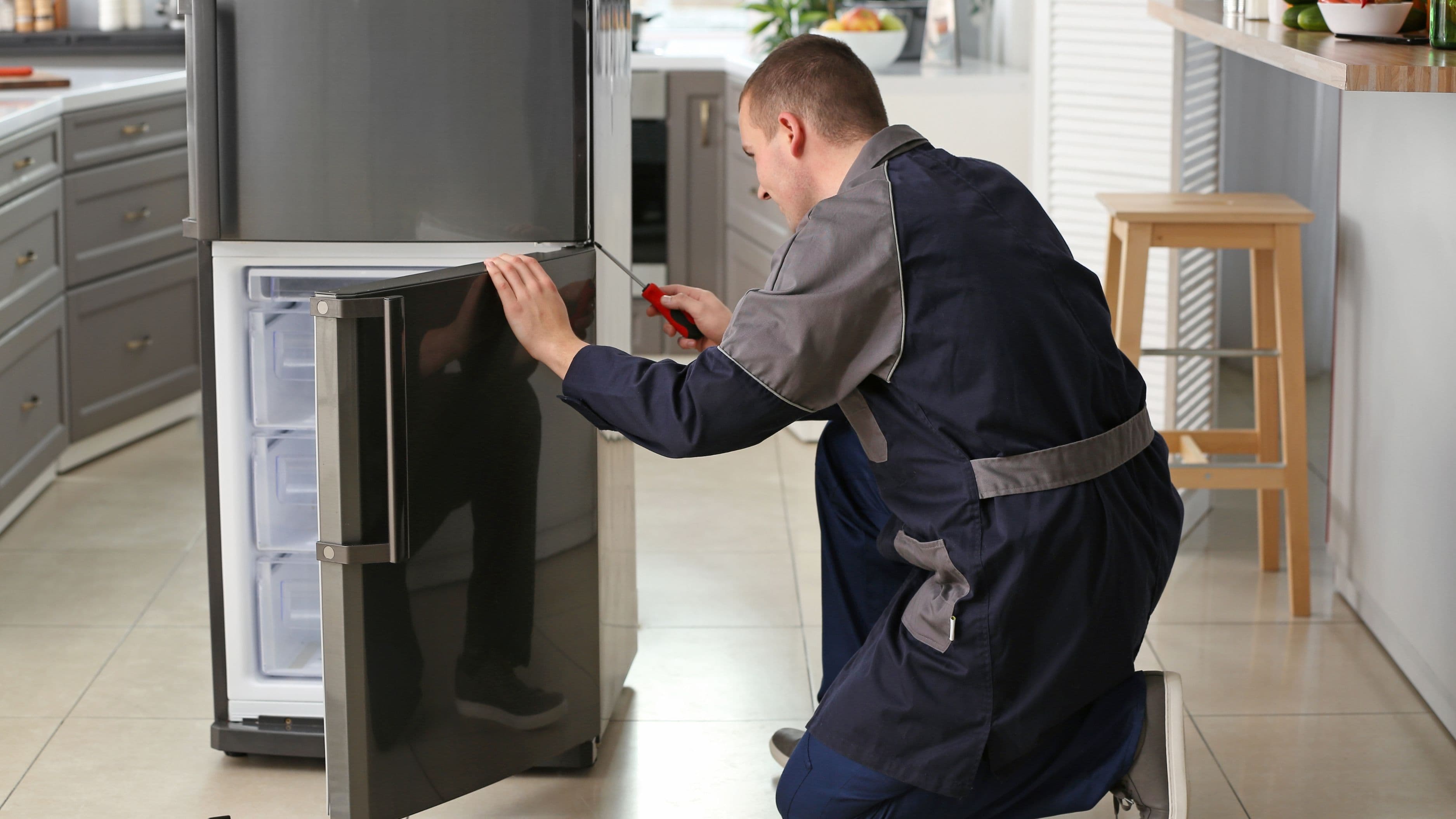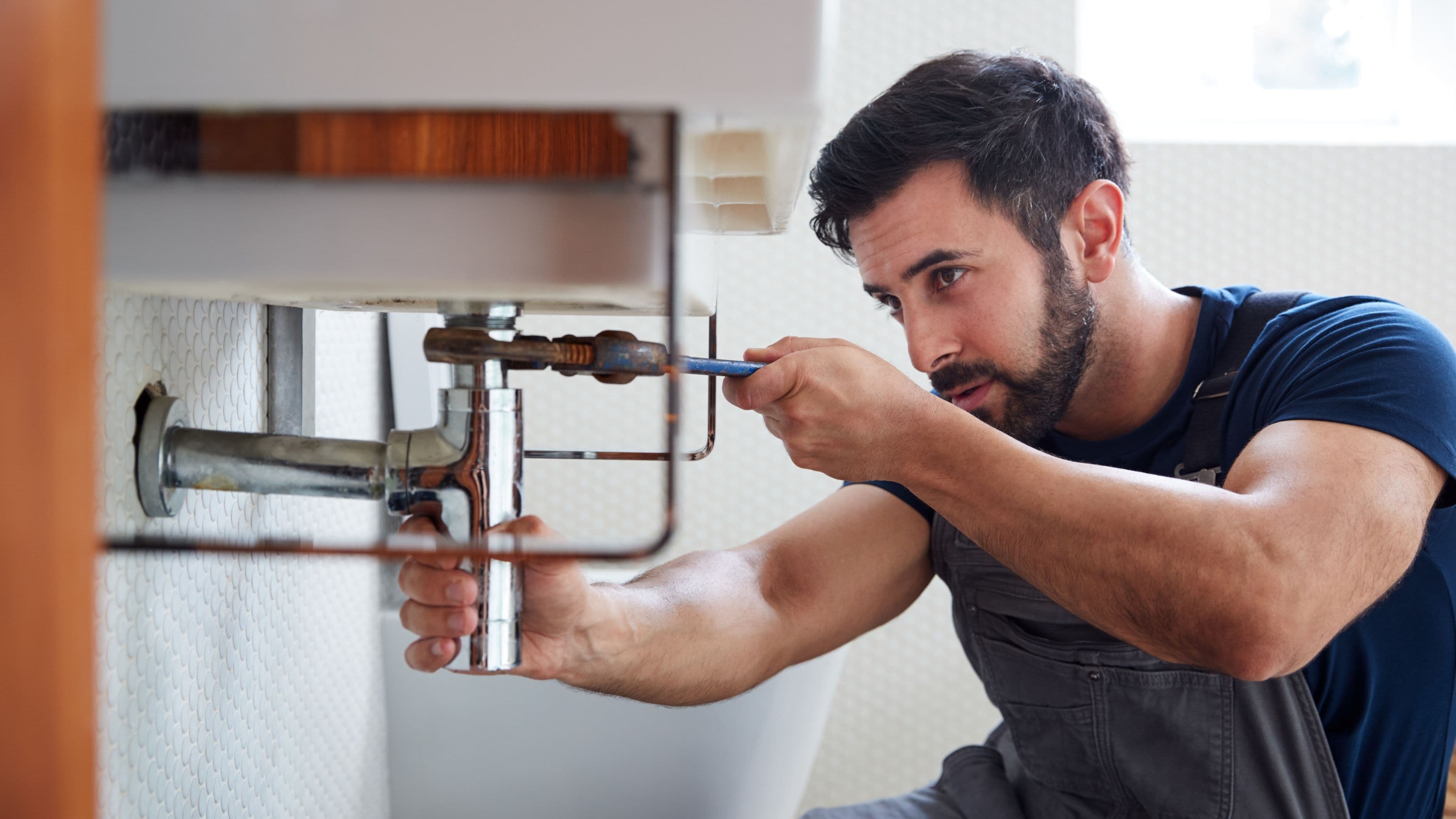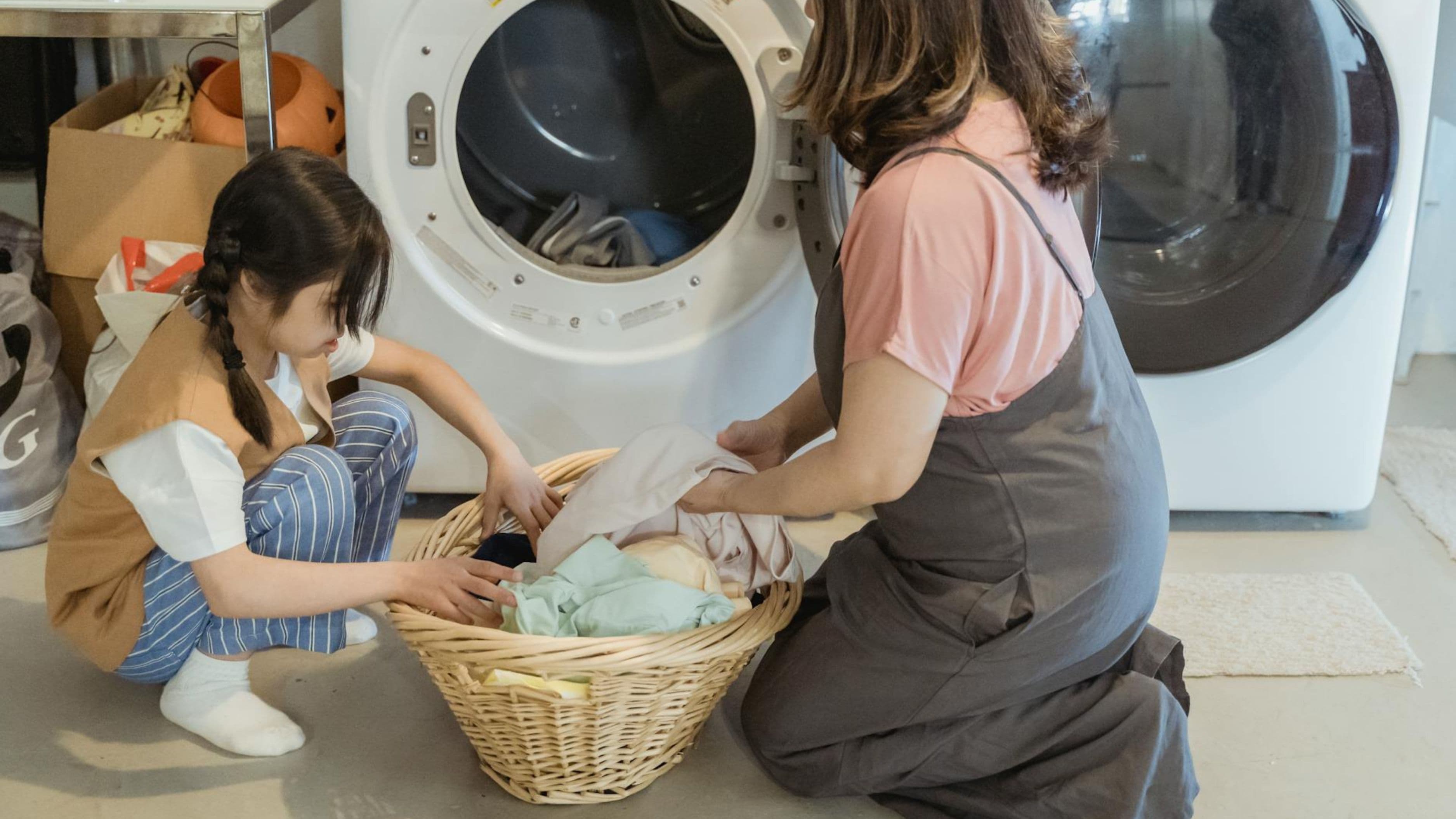This guide walks you through the most common culprits behind a warm fridge, starting with the easiest fixes first. You'll save money, rescue your food, and maybe even feel like a home repair hero by dinnertime.
1. Check the Temperature Settings
Someone might have accidentally bumped the thermostat dial while grabbing the milk. Open your fridge and locate the temperature control—usually a dial or digital display inside the main compartment. The ideal fridge temperature sits between 37°F and 40°F, while your freezer should hover around 0°F. If someone cranked it to the warmest setting or hit the "off" button, simply adjust it back and wait 24 hours to see if cooling resumes.
2. Clear the Vents Inside
Cold air flows from your freezer into the fridge through small vents, and when you cram groceries against these openings, you're essentially suffocating your appliance. Look along the back wall or ceiling of your fridge compartment for rectangular vent covers. Remove any items blocking these vents by at least two inches, allowing the cold air highway to reopen. Within a few hours, you should feel the temperature dropping as air circulation improves.
3. Clean the Condenser Coils
Dust bunnies aren't just lurking under your bed—they're choking your refrigerator's cooling system. The condenser coils, typically located behind a front grille at the bottom or on the back of the unit, release heat to keep your fridge cold. When these coils get coated in dust, pet hair, and grime, they can't dissipate heat efficiently, forcing your compressor to work overtime and eventually fail. Unplug your fridge, grab a coil brush or vacuum with a brush attachment, and gently clean these coils every six months for optimal performance.
According to the U.S. Department of Energy, keeping your condenser coils clean can improve your refrigerator's efficiency by up to 30%. That's not just better cooling—it's money saved on your electric bill every single month. The entire cleaning process takes about 15 minutes and requires nothing more than a $10 coil brush from any hardware store.
4. Inspect the Door Seals
That rubber gasket running around your refrigerator door does more heavy lifting than you realize. If it's cracked, loose, or covered in sticky residue, cold air escapes continuously while warm air sneaks in. Run your hand along the door's edge while it's closed—if you feel any air leaking out, your seal needs attention. Clean the gasket with warm soapy water to remove debris, or if it's damaged, order a replacement seal specific to your fridge model for around $50 to $100, which you can install yourself with basic tools.
5. Don't Overload Your Fridge
Your refrigerator isn't a Tetris game, even though you treat it like one after a Costco run. Packing every cubic inch prevents air from circulating properly, creating warm spots and forcing your compressor to run constantly. Remove items you don't need or consolidate to free up space. A good rule: you should be able to see the back wall of each shelf, ensuring cold air can move freely top to bottom.
6. Check the Evaporator Fan
Open your freezer and listen carefully—you should hear a fan running when the door's open. This evaporator fan circulates cold air throughout both compartments, and when it dies, your fridge stops cooling while the freezer might still work. If you don't hear anything, the fan motor may have failed. You can access it by removing the back panel inside your freezer (consult your manual), and replacement fans typically cost $30 to $80 depending on your model. This repair requires basic screwdriver skills but saves you hundreds in technician fees.
7. Test the Defrost System
Ice buildup on your evaporator coils blocks airflow and prevents cooling, which happens when your automatic defrost system malfunctions. If you notice heavy frost accumulation on the back wall of your freezer, your defrost timer, heater, or thermostat might be faulty. Try manually defrosting by unplugging the unit for 24 hours with doors open and towels underneath to catch water. If the problem returns within days, one of these defrost components needs replacement, which is a slightly more advanced repair but still doable for motivated DIYers.
8. Listen for the Compressor
Walk to your fridge and place your hand on the lower back area—you should feel warmth and hear a low humming. The compressor is your refrigerator's heart, pumping refrigerant through the cooling system. If it's completely silent and cool to the touch, it's not running, which could indicate a failed compressor, start relay, or overload protector. The start relay is a cheap fix at around $20 and simply plugs onto the compressor, while a dead compressor usually means it's time to replace the entire refrigerator since repairs often exceed replacement costs.
9. Verify Power Supply Issues
Sometimes the solution is embarrassingly simple: your fridge isn't getting power. Check if the outlet works by plugging in another appliance, then inspect your home's circuit breaker to ensure nothing's tripped. Look at the power cord for any visible damage or loose connections. If you have a GFCI outlet (the kind with reset buttons), press the reset button and see if power returns. These electrical hiccups account for more "broken" appliances than you'd think.
10. Give It Time After Moving or Restocking
If you just moved your fridge, restocked it with warm groceries, or the power recently came back after an outage, patience is your friend. Refrigerators need 24 hours to reach optimal cooling temperature from room temperature. Adding room-temperature food or opening the door repeatedly during this recovery period extends the cooling time even further. Resist the urge to keep checking—every door opening adds 5 to 10 minutes to the cooling process.
Don't Wait—Act Now
Pick one of these troubleshooting steps and tackle it right now. Start with checking the temperature settings and clearing the vents—these take under five minutes and fix the majority of cooling complaints. If those don't work, move to cleaning the condenser coils tomorrow morning. Momentum starts small, but every fix you attempt yourself is money in your pocket and knowledge in your toolbox. Your refrigerator doesn't need a $200 technician visit just yet—you've got this.
📚 Sources
1. U.S. Department of Energy. "Energy-Efficient Home Appliances." Energy.gov, Accessed 2024.
🔍 Explore Related Topics










